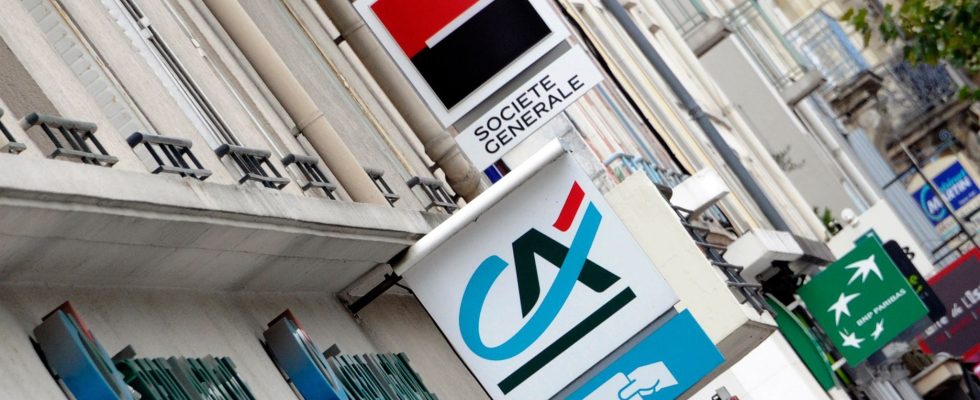Real estate loan rates are finally falling! On average, at twenty years, they stand at 3.9% at the beginning of April, according to the broker Meilleurtaux, compared to 4.35% in November 2023, at the peak of the phenomenon. “The decline observed since the start of the year is confirmed, with scales down 0.15 points on average compared to March, depending on the profiles and durations,” notes Maël Bernier, the spokesperson for Meilleurtaux. This is a real breath of fresh air for borrowers: they save 11,104 euros on the total cost of a loan of 200,000 euros over twenty years, excluding insurance, compared to November.
This is not the only good news: competition is now in full force, while certain networks were no longer lending last year. They are all back on the market thanks to the decline in the French government bond – the assimilable Treasury obligation (OAT) – at ten years, the reference point used to set the cost of credit. The OAT has remained below the 3% threshold since the start of the year, compared to 3.5% in the fall, encouraging them to relaunch this activity under good conditions. “It takes between 1 point and 1.5 points of difference between the ten-year OAT and the rate of a real estate loan for the bank to generate a margin,” indicates Cécile Roquelaure, director of studies at Empruntis.
Young couples with promising careers
The ball is now in the borrowers’ court. “For buyers located in their core target, certain establishments are ready to offer discounts of around 0.2 to 0.4% compared to the displayed scale,” notes Sandrine Allonier, spokesperson for Vousfinancer. Couples of first-time buyers at the start of promising careers or even liberal professions therefore have the cards in hand to obtain a rebate.
The market is finally coming out of its torpor. It was about time: the production of housing credit for individuals, excluding renegotiation, is limited to 118 billion euros over one year at the end of February 2024, according to the Banque de France, compared to more than 200 billion euros in 2021 and 2022. “It’s a good time to buy, because, the real estate market being calm, buyers can negotiate not only the price of the property but also the rate of their credit”, adds Sandrine Allonier.
This new situation does not prevent banks from being cautious: borrowers must respect the sacrosanct maximum debt rate of 35%, set by the High Financial Stability Council (HCSF). Establishments certainly have the right to deviate from this criterion up to 20% of their credit production, but they do not make full use of this room for maneuver. “They prefer to avoid using this exemption, because it is complicated to manage,” confirms Caroline Arnould, general director of Cafpi. Renaissance MP Lionel Causse has also tabled a bill to relax the rules of the HCSF, which will be examined by the Assembly on April 29.
The decline should continue
Another new feature is that first-time buyers without a down payment can now access financing, whereas they found the door closed last year. “It is feasible in the provinces, in regions where real estate prices have not soared in recent years, because the risk of a drop in prices is limited in this case,” explains Cécile Roquelaure, from Empruntis. For lenders, this is to avoid that in the event of a very rapid resale of the property, following a separation or professional transfer, the price does not cover the capital remaining to be repaid if the market declines. is degraded.
The decline in credit rates is expected to continue in the coming months, in a context of easing of the European Central Bank’s key rates, anticipated from June. “The average loan rate over twenty years should be between 3% and 3.3% at the end of the year, or 1 point less than the end of 2023,” anticipates Caroline Arnould. This will give borrowers even more purchasing power. Thus, a monthly payment of 1,000 euros, excluding insurance, will allow, in a few months, to borrow 180,000 euros at 3%, compared to only 160,000 euros in November 2023 at 4.35%. “Those who have borrowed at the highest level will then be able to think about renegotiating their credit,” adds the general director of Cafpi. In fact, a differential of 1 point is required between the old and new rates for the operation to be profitable.
.
